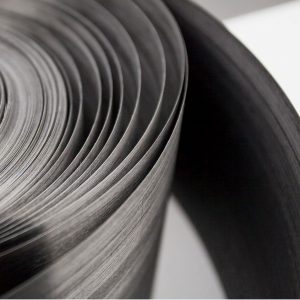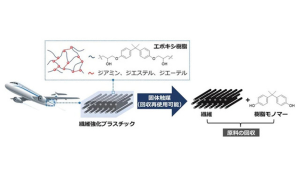Sources: PUWORLD Exclusive Release, Global Polyurethane Network
Polyurethane foam can be used for cleaning up crude oil spills without resorting to methods such as in-situ burning or the use of dispersant chemicals. Now, scientists at Shandong University of Technology have developed a modified polyurethane foam based on lignin polyol, which exhibits superior oil absorption capabilities compared to standard foam. Visit our products here

Firstly, they manufactured the lignin-based polyurethane foam using a one-pot method. Subsequently, the foam was modified with octadecyltrimethoxysilane (OTMS) to enhance its superhydrophobic and photothermal properties. This reduced the surface energy of the foam, resulting in a superhydrophobic foam. It has proven to be highly effective in adsorbing several different organic solvents, with a maximum adsorption capacity of 20 grams per gram and an oil-water separation efficiency exceeding 97%. Visit our products here
They discovered that sunlight rapidly increases the surface temperature of the foam—an intensity of 1 kW/m² elevates the temperature to nearly 80°C within six minutes. This significantly reduces the viscosity of the crude oil on the foam’s surface, enhancing the adsorption rate. Visit our products here
Another beneficial finding is that the lignin-based polyurethane foam possesses self-cleaning properties and can be fully degraded after soaking in an alkaline solution for five hours. Visit our products here
This foam also exhibits good elastic recovery performance. After 10 adsorption and desorption cycles, its adsorption capacity decreased by only 1.5%. Therefore, the foam can be reused multiple times. Visit our products here
Researchers believe that this novel foam has the potential to become an effective oil removal tool. It could also pave new ways for the use of inexpensive renewable resources—crude lignin waste—as alternatives to petroleum-based raw materials. They are now studying how to reduce costs by lowering energy consumption during the manufacturing process. Visit our products here


